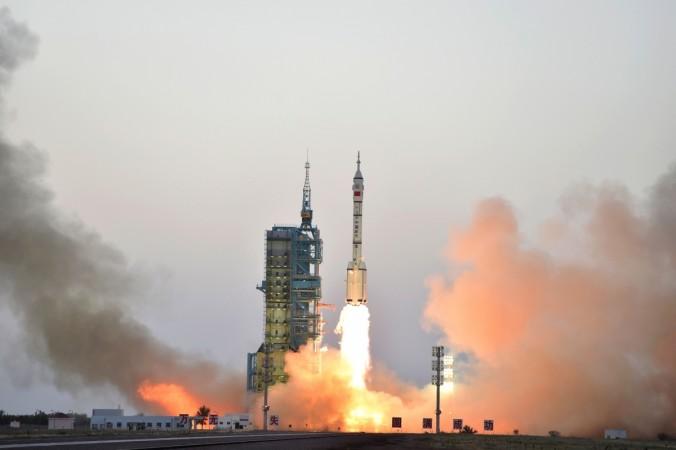
The China Academy of Space Technology, an arm of China Aerospace Science and Technology Corp, said the research and development on the proposed aircraft is being carried out by the scientists. The aircraft would help bring the satellites which are running short on fuel or experiencing technical problems back to their proposed trajectories.
In a normal situation, a satellite uses a definite amount of fuel periodically to maintain its proposed orbit and after the fuel runs out, the satellite deviates from its preset orbit.
The new space engineer will connect to a target satellite with the help of a robotic arm which will provide altitude control and assistance. The robot eventually pushes the satellite back to its proposed path. After finishing the life extension task, the servicing spacecraft will unmount from the target and fly back towards the next satellite which requires attention.
The proposed project is likely to take two years' time and the Chinese academy said that the overhaul carried out by the spacecraft on the satellite will bring at least 10 years of additional operational time to thousands of satellites and bring down the space debris considerably.
![Representational Image: A Long March-4B rocket loaded with the CBERS-4 satellite, developed by China and Brazil, blasts off from its launch pad at the Taiyuan Satellite Launch Center in Taiyuan, Shanxi province December 7, 2014. The launch on Sunday marks the 200th mission carried out by Long March rockets, Xinhua News Agency reported.[Representational image] China, Long March-4B rocket, HXMT, black holes, space, exploration,](https://data1.ibtimes.co.in/en/full/651007/china-long-march-4b-rocket-hxmt-black-holes-space-exploration.jpg?h=450&l=50&t=40)
Chief designer of the spacecraft, Hu Di, said that the vehicle has a huge commercial potential in the satellite industry. "It will mainly be used to serve communications satellites operating in geostationary orbits about 36,000 km above the ground because such satellites usually are very expensive and are important to people's daily lives. If the target's instruments remain in good condition; it will be able to continue working in the orbit for many years," he noted.
Apart from the Chinese attempt, the United States' Northrop Grumman Innovation Systems, the successor of the space firm Orbital ATK, has also developed a Mission Extension Vehicle to perform life-extension services to geosynchronous satellites. The firm has plans to launch its first aircraft by the end of this year. It remains to be seen whether India catches up with China in space repair business next.
















